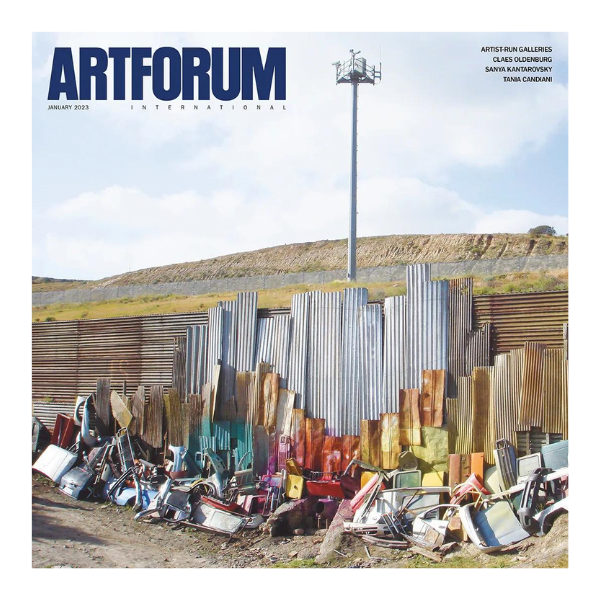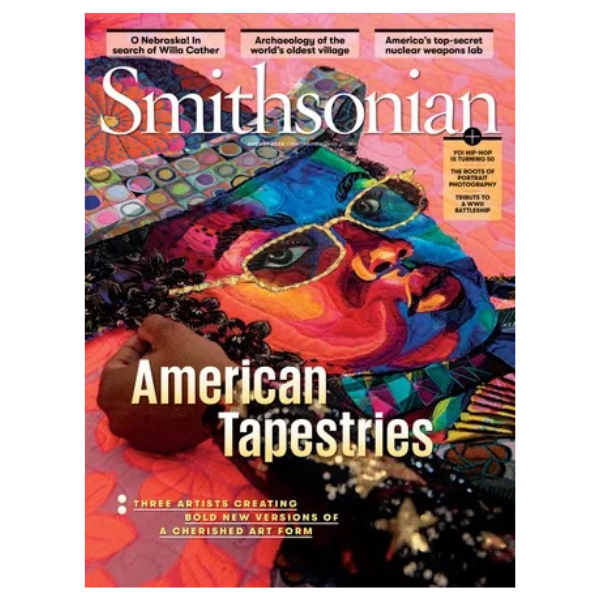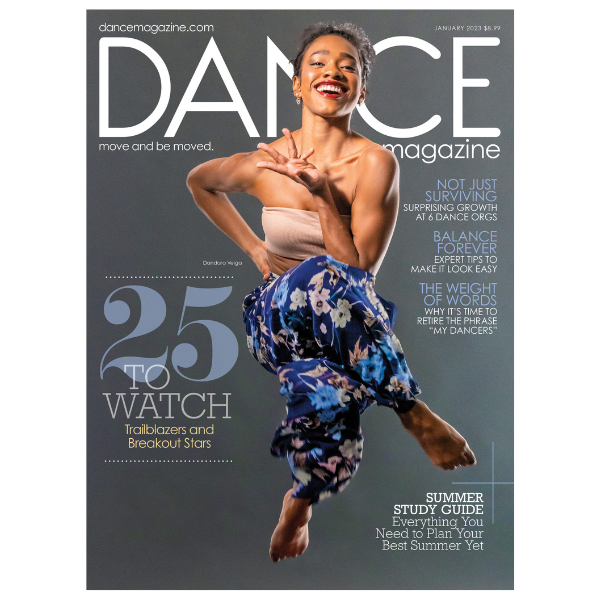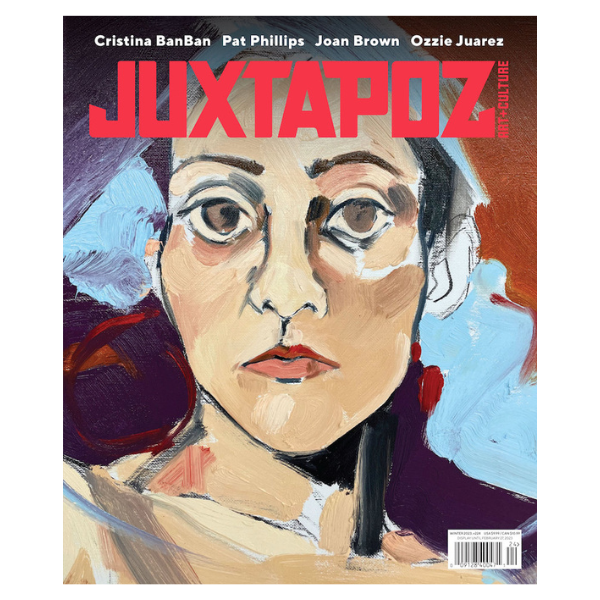12 Arts and Culture Magazines Worth Recommending to Students
Leave a CommentMagazines can offer students an inside look at arts and culture. With their beautiful photography and curated content, arts and culture magazines keep people informed and offer inspiration. Although often overlooked in the digital world, magazines provide a tangible way to explore cultural trends and learn about art even if you can’t attend every exhibit in person.
We’ve put together this list of arts magazines and culture magazines worth recommending to your students or to read yourself. You can use them as the starting point for a lesson plan or discussion or simply flip through each one to discover up-and-coming artists, learn about exhibitions and events, and explore new perspectives.
Why Arts and Culture Magazines Still Matter in a Digital World
When we talk about magazines, you may picture the pile of glossy pages in the waiting room of a doctor’s office. You might wonder why you should bother with all that paper if you have access to the internet. The truth is that most arts and culture magazines today offer both traditional print and online versions.
Reading an art magazine is like enjoying a piece of art. These magazines are typically high quality and beautifully designed.
Even if you choose to read only the online version, established art magazines are a good starting point. Unlike most personal or company-owned blogs, arts and culture magazines tend to rely on contributors who are established critics, scholars, artists, and subject matter experts. This conveys a level of credibility and ensures consistent quality.
Perhaps most significantly, enjoying an art magazine is like enjoying a piece of art. These magazines are typically beautifully designed, with high-quality photography and illustrations. Their aesthetic is part of their appeal.
If a subscription isn’t feasible for art programs or students on a budget, public libraries often have print or online versions of these magazines available to anyone with a library card.
12 Arts and Culture Magazines to Recommend to Your Students
With so many arts and culture magazines available today, it can be hard to narrow down your options. Each one is designed for certain interests and offers a unique viewpoint. We’ve listed a few of our favorites in no particular order.

Artforum
contemporary art, international art
Artforum is a leading contemporary art magazine known for its comprehensive coverage of international art. Founded in 1962, Artforum is one of the most influential art publications in the world.
It covers a wide range of topics related to contemporary art, including exhibitions, artists, art history, and critical theory. Expect to find in-depth articles and interviews with artists, curators, and other art world figures, as well as reviews of art shows and events from around the globe.
The Art Newspaper
fine art, design, architecture, photography & exhibitions
The Art Newspaper is a global news source for the art world, covering exhibitions, auctions, events, and more. Founded in 1990, the international edition is fed by a network of art publications in half a dozen countries.
It covers topics such as fine art, design, architecture, and photography. Alongside its monthly print edition, The Art Newspaper also publishes daily news online, a daily newsletter and a weekly podcast. It’s an especially valuable resource if you’re interested in learning about upcoming art exhibitions around the world.
Hyperallergic
art and culture through a social & political lens
Hyperallergic is an online publication with an emphasis on contemporary and emerging artists. Founded in 2009, Hyperallergic has become one of the most popular and widely read art blogs. It’s known for its sharp, critical voice and its coverage of underrepresented and marginalized groups in the art world. It covers a wide range of art-related topics, including exhibitions, books, films, TV series, and performance art. These topics are most commonly explored through the lenses of race, gender, and politics.
Juxtapoz
underground art & outsider perspectives
Juxtapoz is a print and online magazine showcasing underground and alternative art, including street art, graffiti, pop surrealism, and outsider art. Founded in 1994, Juxtapoz is a leading publication on underground art, known for its edgy and irreverent voice and its support for emerging artists. It has been instrumental in bringing to broader public attention art that exists outside the established world of “fine art.”
Aperture
Photography
Aperture focuses on contemporary and historical photography, with an emphasis on artistic expression and visual culture. Founded in 1952, Aperture built its reputation on high-quality content and critical perspective.
Regular topics include fine art photography, documentary photography, and photojournalism. Aperture is a nonprofit that supports emerging and established photographers with grants, scholarships, and publicity.
Sight and Sound
international film
Sight and Sound is a British film magazine which covers cinema from around the world with reviews, interviews, and analysis. It’s published by the British Film Institute (BFI), which is dedicated to preserving and promoting film culture in the U.K. Its coverage commonly includes reviews of new releases, features on classic and contemporary filmmakers, and analyses of film trends and movements.
Frieze
modern & contemporary art
Frieze is a contemporary art magazine featuring in-depth articles, reviews, and interviews with artists, curators, and collectors. It’s part of the Frieze platform for modern and contemporary art, which includes magazines, international art fairs, a gallery space, and events. Founded in 1991, it has regular columns on film, books, music, photography, and contemporary art. Alongside print articles you’ll find videos, podcasts, and playlists that explore art in unconventional ways.
Cabinet
art, culture, philosophy
Cabinet is a quarterly magazine that explores art, culture, and philosophy through essays, interviews, and artists’ projects. Since its founding in 2000, Cabinet has taken an interdisciplinary approach to art and culture, covering a wide range of topics including history, art, science, philosophy, and more. Published quarterly, Cabinet describes itself as “a sourcebook of ideas.”

Smithsonian Magazine
science, history, culture, arts
Smithsonian Magazine is a monthly magazine covering science, history, culture, and the arts, with a focus on American history and culture. Published by the Smithsonian Institution, a group of museums and research centers that promote education and research in a wide variety of fields, the magazine covers science, history, current events, culture, art history, exploration, and travel.
American Theatre
Theater
American Theatre bills itself as the only general-circulation magazine in the U.S. that is devoted entirely to theater. Covering performances, people, and events, this magazine is an essential resource for anyone interested in the stage. It puts American theater in context by also exploring important international theater in certain sections. Since fall 2023, American Theatre is published quarterly, both in print and online.
The New Yorker
Culture
No list of arts and culture magazines could be complete without The New Yorker. This well-known weekly magazine covers a wide range of cultural topics, including art, film, literature, and politics. Published since 1925, it is known for its high-quality journalism, fiction, poetry, cartoons, and essays. Its topics related to art and culture include literature, theater, music, and visual art. It publishes in-depth reviews and interviews with highly regarded cultural figures.

Dance Magazine
Dance
Dance Magazine is the flagship publication of a network of magazines covering dance with a focus on the United States. Other magazines from the same publisher include Pointe Magazine, Dance Teacher, Dance Spirit for teens and young adults, and Dance Business Weekly. They also publish a daily newsletter called “The Dance Edit.” One well-loved feature is the Friday Film Break, which features dance performances from dancers and choreographers across the country.
More Arts and Culture Magazines to Explore
Whatever element of arts and culture you’re most interested in, there’s probably a magazine out there designed for you. Don’t forget to ask your students what they’re reading! You may discover publications and perspectives you never knew existed.
Arts and culture magazines create an accessible entry point for students interested in the arts. At CourseStorm, we know something about making learning accessible. Our easy-to-use class registration tools make it easy for students to sign up for your classes. Start your free trial to see them in action, or contact us today for more details.


